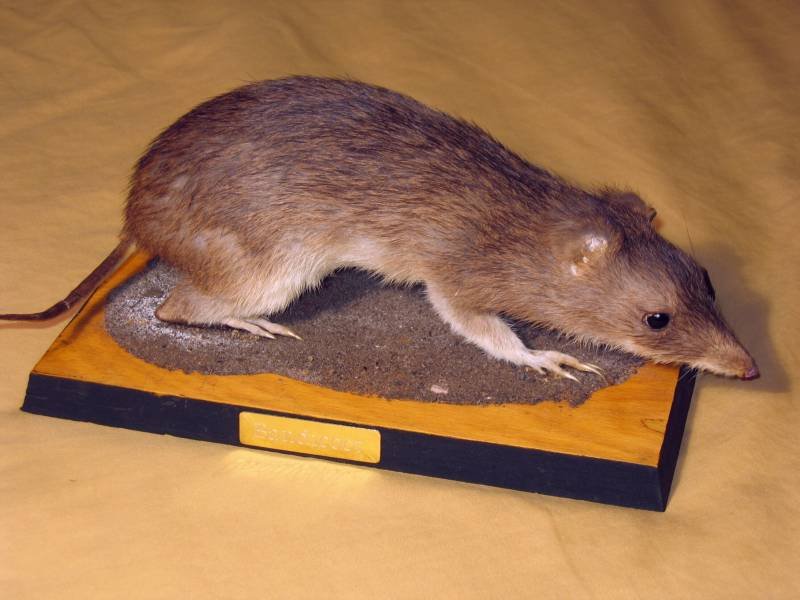In the heart of Australia, as red dust swirls in the twilight and the stars pierce the vast sky, two remarkable creatures quietly shape the land beneath our feet. Bilbies and bandicoots, the unsung heroes of the Outback, dig tirelessly night after night, turning over the earth and breathing life into arid soils. Their work is ancient, essential, and, alarmingly, under threat. Imagine a world where these gentle soil engineers vanish—where the land grows hard and unforgiving, and the fragile web of life begins to unravel. Saving bilbies and bandicoots is more than protecting two quirky marsupials; it’s about preserving the living heartbeat of Australia’s wild places.
The Secret Lives of Bilbies and Bandicoots

Bilbies and bandicoots may not be household names, but their lifestyles are fascinating and filled with surprises. Both are small, nocturnal marsupials with long, pointed snouts and agile bodies built for burrowing. Bilbies, with their silky blue-grey fur and rabbit-like ears, are almost otherworldly in appearance, while bandicoots sport more compact bodies and a keen sense of smell. At night, they emerge from their hidden burrows to forage for insects, seeds, roots, and fungi, using their sensitive noses to sniff out meals beneath the soil. Their solitary, secretive behavior means most Australians have never seen one in the wild, yet their impact on the environment is profound.
Masters of Digging: Nature’s Soil Engineers

What truly sets bilbies and bandicoots apart is their extraordinary talent for digging. Every night, a single animal can create dozens of small holes, turning over tons of soil each year. This relentless activity aerates the ground, mixes organic matter, and helps water seep deeper into the earth. Like miniature ploughs, they create perfect conditions for seeds to germinate and plants to grow. Scientists have compared their ecological role to that of earthworms, but on a much grander scale. Without these creatures, the Outback’s soils would become compacted and lifeless, affecting everything from wildflowers to towering eucalyptus trees.
Shaping Ecosystems from the Ground Up
The digging habits of bilbies and bandicoots don’t just benefit the soil—they ripple out to support entire ecosystems. Their burrows provide shelter for lizards, insects, and even small birds, creating microhabitats in an otherwise harsh environment. By spreading spores and seeds as they forage, they help restore plant diversity and resilience after fires or droughts. In regions where these animals have disappeared, the land often suffers: invasive weeds take over, native plants struggle, and the natural balance is disrupted. The story of bilbies and bandicoots is a powerful reminder that sometimes the smallest animals have the biggest impact.
Ancient Connections: Indigenous Knowledge and Respect

Long before scientists studied soil ecology, Indigenous Australians understood the vital role of bilbies and bandicoots. In many Aboriginal languages, these animals have special names and appear in Dreamtime stories as creators and caretakers of the land. Their burrows were used as water sources or safe havens by people navigating the desert. Indigenous rangers today are at the forefront of conservation, blending traditional knowledge with cutting-edge science to protect these remarkable marsupials. Their deep connection to country is helping shape a new era of environmental stewardship in Australia.
Vanishing Voices: The Threats They Face

Sadly, bilbies and bandicoots are facing a battle for survival. Since European settlement, invasive predators like foxes and feral cats have decimated their populations. Habitat loss due to agriculture, mining, and urban sprawl has shrunk their ranges dramatically. Many once-common species are now endangered, their calls growing fainter with each passing year. The disappearance of these soil turners is more than a loss of biodiversity—it’s a warning sign that Australia’s ecosystems are out of balance. Without urgent action, future generations may know these animals only from faded photographs and museum displays.
Restoring Hope: Conservation Success Stories

There is hope on the horizon, thanks to dedicated conservationists and passionate communities. Across Australia, fenced sanctuaries have been established to give bilbies and bandicoots a safe place to recover. Reintroduction programs have seen their numbers rise in places like the Arid Recovery Reserve and the Australian Wildlife Conservancy’s reserves. Scientists are also using innovative techniques like predator-proof fencing, genetic monitoring, and habitat restoration to give these animals a fighting chance. Each successful reintroduction is a small miracle—a testament to what’s possible when people come together for nature.
Bilbies in the Spotlight: Australia’s Easter Icon

In a country without native rabbits, the bilby has become an unlikely symbol of Australian Easter. Conservation groups have championed the “Easter Bilby” as a way to raise funds and awareness, replacing chocolate bunnies with chocolate bilbies in stores each April. This campaign has helped put bilbies in the national spotlight, inspiring children and adults alike to learn more about their plight. The Easter Bilby is more than a cute marketing idea—it’s a rallying cry for wildlife protection, turning a holiday tradition into a force for good.
Bandicoots on the Brink: The Plight of the Eastern Barred Bandicoot

While bilbies have captured the public’s imagination, some bandicoots are fighting quiet battles for survival. The Eastern Barred Bandicoot, once widespread across Victoria and Tasmania, is now one of Australia’s most endangered mammals. Captive breeding and rewilding programs are giving this shy creature a second chance, but the challenges remain immense. Habitat corridors, predator control, and public involvement are all critical to ensuring these soil turners don’t vanish forever. Their story is a sobering reminder that conservation is a marathon, not a sprint.
Why Saving Soil Turners Matters to Everyone

You might wonder why the fate of two small marsupials should matter to people living far from the Outback. The truth is, the health of Australia’s soils affects everything from food security to climate resilience. Bilbies and bandicoots play a crucial role in keeping these systems healthy, supporting the plants and animals that make Australia unique. Their survival is linked to our own—reminding us that humans and wildlife are deeply interconnected. By protecting these creatures, we are investing in a future where the land remains fertile and wild.
Get Involved: How You Can Help

Saving bilbies and bandicoots doesn’t require a degree in biology—just a willingness to act. Supporting wildlife charities, volunteering for habitat restoration, and spreading the word are all powerful steps. Even choosing to buy “Easter Bilby” chocolates or planting native shrubs in your backyard can make a difference. Schools, families, and communities across Australia are joining the effort, turning concern into action. Every small gesture, multiplied by thousands, can help tip the scales in favor of these extraordinary soil turners.
Looking to the Future: A Call to Action

The fate of bilbies and bandicoots hangs in the balance, but their story is not yet finished. With determination, innovation, and respect for nature, Australians can ensure these animals continue their ancient work for generations to come. The next time you walk across a patch of wild, flowering earth, remember the tiny engineers beneath your feet. Will you help be part of the solution?




